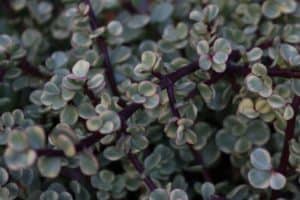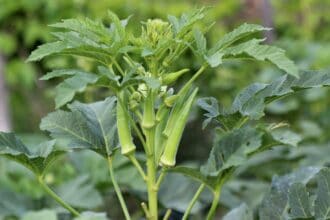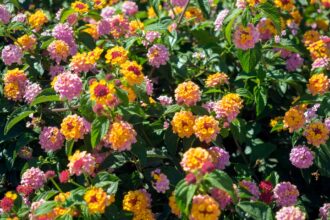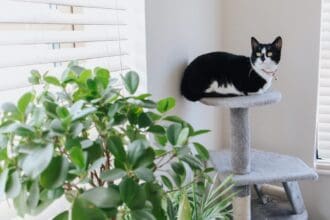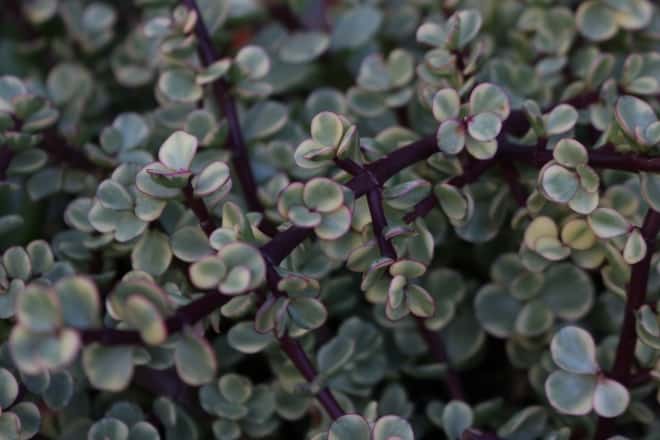
via: Unsplash / Crassula Care
Looking to join the succulent craze with the cool little elephant bush? The elephant bush is an excellent choice if you want to plant an adorable and exotic succulent in your indoor or outdoor garden. After all, succulents, such as the elephant bush, have become the most cultivated and loved ornamental houseplants in the world. They’re easy to grow and even easier to take care of. But you need to learn how to take care of succulents to make them flourish in your garden.
Contents
What is an elephant bush?
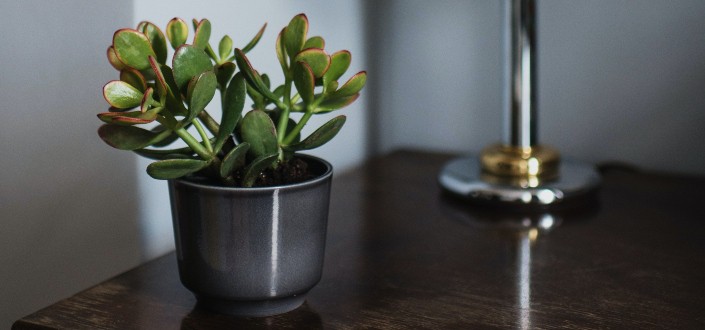
via: Pexels / Ksenia Chernaya
Also referred to as Portulacaria Afra, the elephant bush is native to South Africa. As the name suggests, it serves as food for elephants and other wild animals. The elephant bush is also referred to as:
- Dwarf Jade Plant
- Elephant succulent
- Porkbush
- Spekboom
The succulent grows up to 20 feet tall in its natural habitat. But it's more likely to grow just a few feet tall indoors.
Why is Knowing How To Grow And Care For elephant bush Important
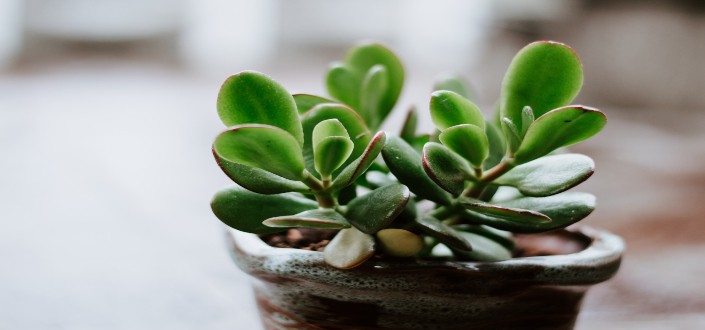
via: Unsplash / okeykat
As far as succulents go, the majestic and adorable elephant bush has more going for it than its looks. Here are some of the reasons you want to learn how to grow and care for this glorious succulent.
1. Improves air quality
It captures carbon dioxide from the air.
2. Improved Quality of Breathable Air
The Portulacaria afra has an enormous capacity to mop up carbon from the environment. It can capture up to 10 tons of carbon per hectare. The succulent can help you improve the quality of air in and around your home.
3. Conserves Water
You don’t have to water it often, making it perfect for low-maintenance gardens.
4. Edible and Nutritious
They are edible and contain lots of nutrients. You can use the leaves to add a unique flavor to your favorite meals at home.
5. Versatile
You can use it as a hedge, bonsai, ground cover, or as a large bush in your outdoors garden.
6. Fits in All Types of Environments
The plant’s unique photosynthetic procedures allow it to adapt to any environment. It can even thrive in deserts.
7. Reduces Soil Erosion
If you’re struggling with soil erosion in your back yard, this succulent could be just what the doctor ordered. It helps bind the soil and reduces erosion. In fact, it is used in land restoration activities.
8. Grows Easily
The plant is easy to grow and propagate. Just cut a piece of the plant and allow it to dry for a couple of days and then stick it in the ground. Easy peasy!
How To Grow an elephant bush (Portulacaria afra)
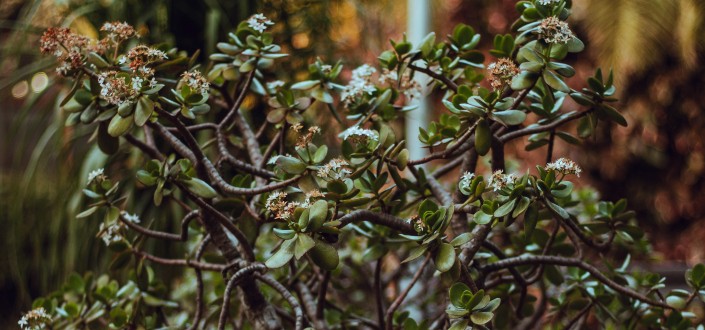
via: Unsplash / Bruchin Noeka
Elephant Bush or Portulacaria afra is a versatile succulent that you can grow as a bonsai specimen, in an outdoors succulent garden, or in a hanging basket. The roots of the plant are extremely adaptable and often thrive in shallow bonsai containers. This succulent does well in dry environments and is more resistant than most plants.
You can grow it alone in a container or combine it with other potted plants for a spectacular contrast. The roots of the plant don’t require a lot of soil, but the leaves can get heavy and you might need to use rocks and stakes to stabilize the plant.
Wondering how to grow it successfully? Check out our timely guide.
1. Identify which type of succulent
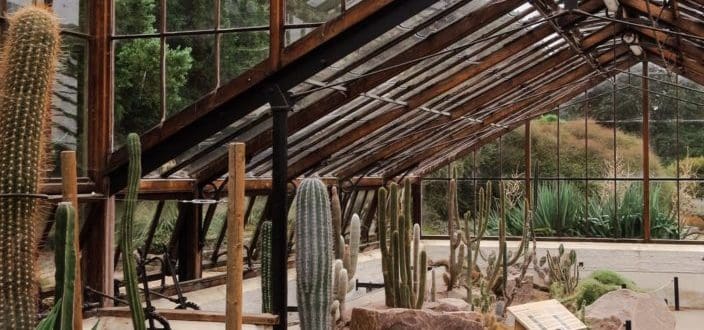
via: Unsplash / Megan Andrews
Succulents come in all shapes and sizes. We have indoor succulents and outdoor succulents. They can be chubby, spiky, rosette-forming, or even have baby plants hanging from the edges of the leaves. You can find succulents in nurseries, garden centers, a cutting from a friend, or even a large box store.
To identify types of succulents, you need to look out for the shape, growth habit, or other peculiar and unique distinguishing characteristics. So, how do you identify the succulent?
The Portulacaria Afra plant features rubbery stems with small chubby leaves. The leaves are either plain green or in a variegated form. With time, the stems extend over the sides of the planter to make a lovely draping silhouette.
The Varieties of Elephant Bush
There are several varieties of Portulacaria Afra. Most of them are not readily available except from specialty nurseries. There's often confusion with labeling and some plants are usually sold under different names. The green elephant bush plants are usually larger and more robust than the variegated types. Check out the common varieties below:
- Aurea - This is a compact kind with leaves that appear bright yellow in sunlight.
- Cork Bark - This variety is used primarily for bonsai die to its fissured corky bark.
- Foliis variegatus - this is a slow-growing variegated form that suited to container culture.
- Limpopo - This variety has larger leaves.
- Medio-picta - this is a variegated elephant bush. It is characterized by green leaves with whitish marks that spread from the center of the leaves. The stems are bright red.
- Low Form or Prostrata - these are low-growing elephant bushes that work well when you need some ground cover.
- Variegata - This is a more compact variety that stands upright. It features cream of white edged, pale green leaves with pink highlights. It doesn't do very well in bright sun.
2. Know-How To Propagate Elephant Bush

via: Pexels / Lisa Fotios
Ready to learn how to propagate succulents? Gardeners rarely grow succulents from seeds. Most propagate the succulent from stem cuttings. The process doesn’t take a long time. The cuttings should take roots within 4 to 6 weeks in any environment as long as they get adequate sunlight and heat.
If you’re looking to add succulents to your collection of plants, it’s best to do it during spring and summer. This is the optimal propagation season for the elephant bush. Give the cuttings a few days to rest and dry before moving them to a new rooting medium.
One of the best ways to propagate this succulent is to allow it to root in water. You can use fallen leaves to experiment and figure out other rooting mediums that are just as effective.
3. Where to Plant Elephant Bush
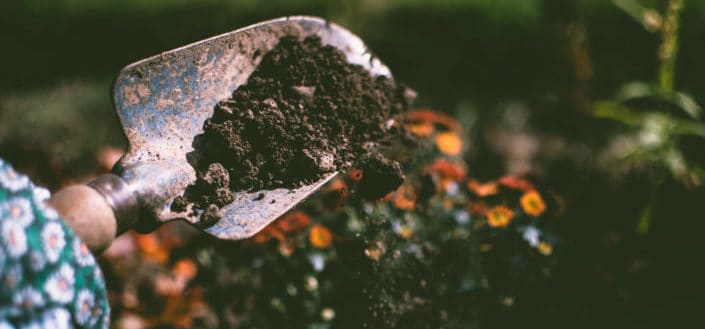
via: Pexels / Lisa Fotios
Elephant bush is not cold hardy. If you live in an area that gets too chilly (lower than 30° F), you might want to plant the succulent in a container that you can bring indoors. It thrives where there's full to partial sunlight. For this reason, you should plant it in an area of your garden that gets at least 6 hours of sunlight per day.
The succulent tends to stretch easily if it doesn't get enough sunlight. But the stretching is not as noticeable as in other succulents, so it's easy to miss it. For this reason, if you're planting the succulent indoors, make sure to place it next to a sunny window. Ideally, you should place the plant next to a south-facing window, but an east or west window will do if this is not possible. Initially, you'll have to keep moving the plant around until you find the perfect spot.
If you don't get much sunlight in your house or have poor lighting, you should consider using a growlight. A growlight can come in handy during those dark winter months.
4. Know-How To Water
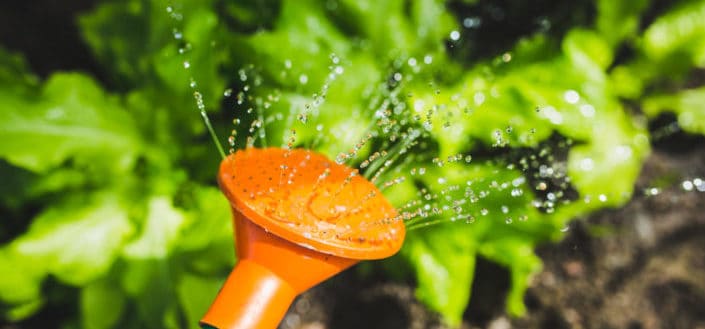
via: Pexels / Kaboompics .com
As mentioned earlier, the elephant bush doesn’t mind drought. However, adequate watering allows this versatile succulent to grow faster, and the foliage becomes more abundant and vigorous.
People often make the mistake of overwatering succulents. You need to be careful with this since they do not like overly moisturized soil. The reason for this is that the roots are susceptible to rot.
You should only water it when it’s bright and warm. Restrict watering during winter. Also, avoid drowning your succulent by making sure to water only when necessary. Sometimes, you want to wait until the base leaves start to wilt. In an indoor setting where the temperature is normal, the elephant plant only needs to be watered once every few weeks.
5. Frost Tolerance
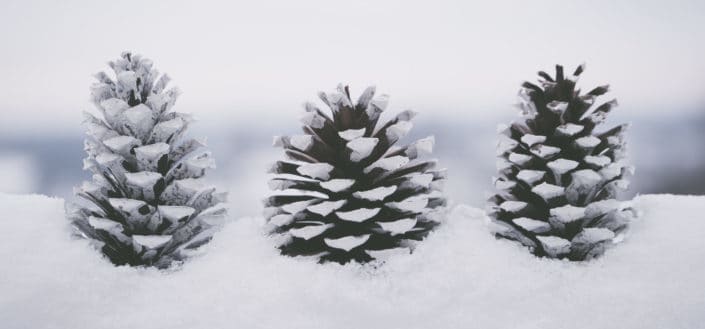
via: Pexels / Jessica Lewis
Portulacaria afra can tolerate freezing temperatures and mild frost for a short period of time. If you live within a USDA hardiness zone 9-11, it's possible to leave the plant outdoors throughout the year. You can even plant them in-ground. If you're in a region that experiences harsh winters, then you want to grow the plants in containers so you can bring them in during winter.
If for some reason it is impossible to bring in the plants, you can always use frost cloths or mini-greenhouses to protect the succulents from freezing temperatures and frost.
6. Soil Requirements for Elephant Bush
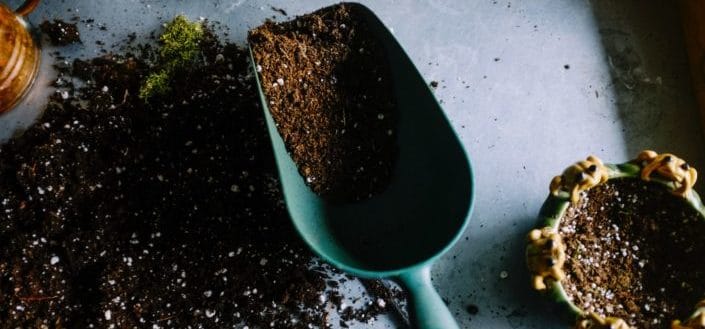
via: Unsplash / Neslihan Gunaydin
Elephant bush plants need well-drained soils to do well. Use an unglazed pot to help excess moisture evaporate. The best mixture for this type of plant is potting soil or cactus soul cut by half with pumice, vermiculite, or sand.
7. Elephant Bush Spacing
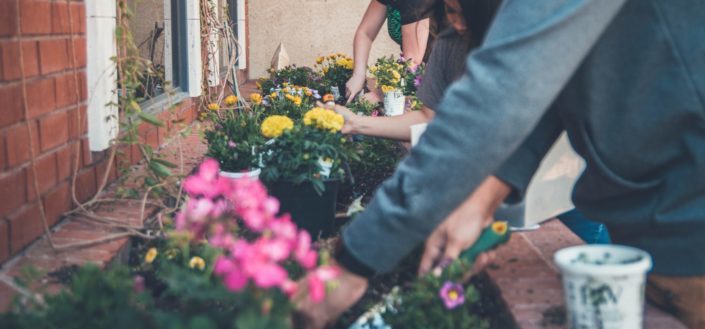
via: Unsplash / NeONBRAND
Whether you're growing the elephant bush in a pot or in the ground, you can rest assured it won't overtake the space you've given it. If you plant the succulent in the ground, you can prune it regularly to keep it under control. For the plant to attain its full size, you'll need to leave a space of around two feet around it.
If you want the plant to attain full size, leave a space of two feet around it, but beware that it is very slow growing; you might want to fill in with other small plants as it matures, then remove them as things become crowded. A grouping of elephant bush planted in the ground can be nestled as close as a foot apart so they appear as one massed plant. The size of container-grown elephant bush can be controlled by pinching the longest stems and keeping it contained to a small pot. If it becomes pot-bound, simply remove it from the pot and put it in a bigger pot, or vertically slice off part of the plant and roots; the slice can be potted up and enjoyed as an additional houseplant.
More Awesome Succulents
Can't get enough of succulents? Well, we have some good news for you. Succulents are great plants for decorating your home and garden. And you get plenty of choices from many types of succulents. Check out our collection.
- Learn how to grow burro's tail or also known as Sedum morganianum. It is a flowering succulent native to Honduras and Southern Mexico.
- Try out the Aeonium arboreum. It's a pretty, jade green succulent that's bound to bring drama to your garden.
- You might want to know how to grow and care for lace aloe. It's a semi-hardy, attractive succulent that forms dense rosettes of triangular, fleshy leaves.
In Conclusion
There you have it - the only guide you need on how to care for succulents. The elephant bush is easy to propagate and care for. You can have them effortlessly growing anywhere in your garden. You can even give them away to friends as gifts.


